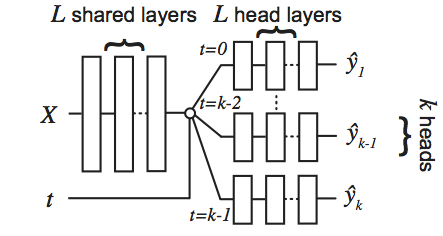Perfect Match: A Simple Method for Learning Representations For Counterfactual Inference With Neural Networks
Learning representations for counterfactual inference from observational data is of high practical relevance for many domains, such as healthcare, public policy and economics. Counterfactual inference enables one to answer "What if...?" questions, such as "What would be the outcome if we gave this patient treatment $t_1$?". However, current methods for training neural networks for counterfactual inference on observational data are either overly complex, limited to settings with only two available treatments, or both. Here, we present Perfect Match (PM), a method for training neural networks for counterfactual inference that is easy to implement, compatible with any architecture, does not add computational complexity or hyperparameters, and extends to any number of treatments. PM is based on the idea of augmenting samples within a minibatch with their propensity-matched nearest neighbours. Our experiments demonstrate that PM outperforms a number of more complex state-of-the-art methods in inferring counterfactual outcomes across several benchmarks, particularly in settings with many treatments.
PDF Abstract ICLR 2019 PDF ICLR 2019 Abstract
